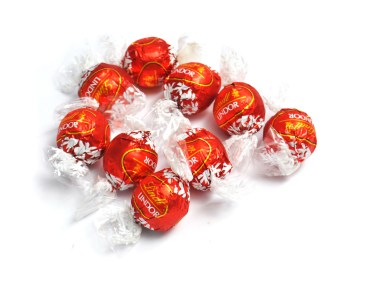At the beginning of Salman Rushdie’s new novel a charismatic Florentine rogue arrives at the Mughal court and claims to have a story which he must tell to the Emperor, Akbar the Great, who, he insists, is his nephew.
At the beginning of Salman Rushdie’s new novel a charismatic Florentine rogue arrives at the Mughal court and claims to have a story which he must tell to the Emperor, Akbar the Great, who, he insists, is his nephew. The claim of kinship seems implausible, but Akbar’s older relatives admit that there is a family secret involving a pale-skinned, mythically beautiful princess named Qara Köz, who was born 100 years earlier and was given away in exchange for peace.
The Florentine, who boasts the elegant pseudonym ‘Mogor dell’Amore’ (‘Mughal of Love’), then weaves a tale of magic and warfare which begins with three childhood friends and eventually brings together two great civilisations. The friends (one of whom is Niccolò Machiavelli) are desperate for power and women; the most daring of them, Argalia, takes to the seas, and ends up a rich mercenary in the pay of the Turks. In one battle he defeats Shah Ismail of Persia and wins Qara Köz and her identical servant, known as ‘the Mirror’. Love blooms and a triumphant return to Florence caps Argalia’s life. This leaves only one question: since it happened almost a century ago, how can the youthful Mogor dell’Amore be Qara Köz’s son and, therefore, Akbar’s uncle?
The Enchantress of Florence melds history and fantasy. The real Akbar (1542-1605) was an intelligent ruler famed for his religious tolerance. The fictional one shares this but has some Rushdiean additions. For example, he employs a servant to compliment him (a man who ‘proudly held the rank of Imperial Flatterer First Class, and was a master of the ornate, old-school style known as cumulative fawning’).







Comments
Join the debate for just £1 a month
Be part of the conversation with other Spectator readers by getting your first three months for £3.
UNLOCK ACCESS Just £1 a monthAlready a subscriber? Log in